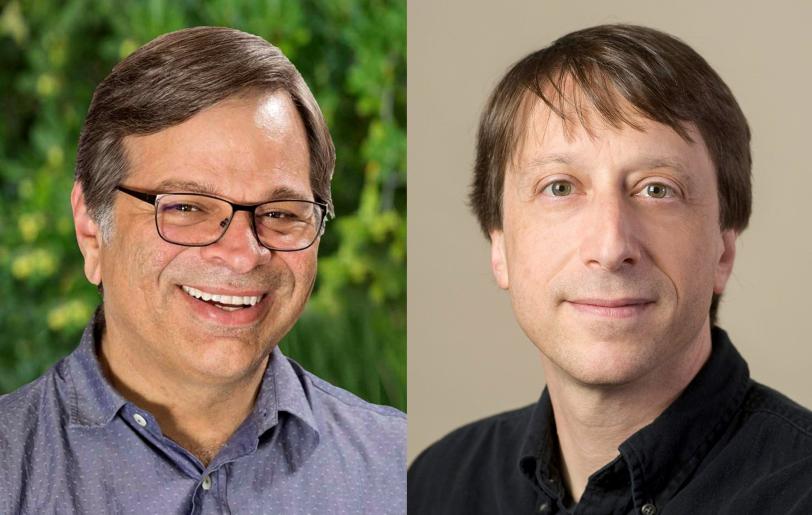May 1, 2019
Todd Martinez and William Weis elected to National Academy of Sciences
Both are professors at Stanford and SLAC, where Martinez is an investigator with the Stanford PULSE Institute.

Dig Deeper
Both are professors at Stanford and SLAC, where Martinez is an investigator with the Stanford PULSE Institute.
